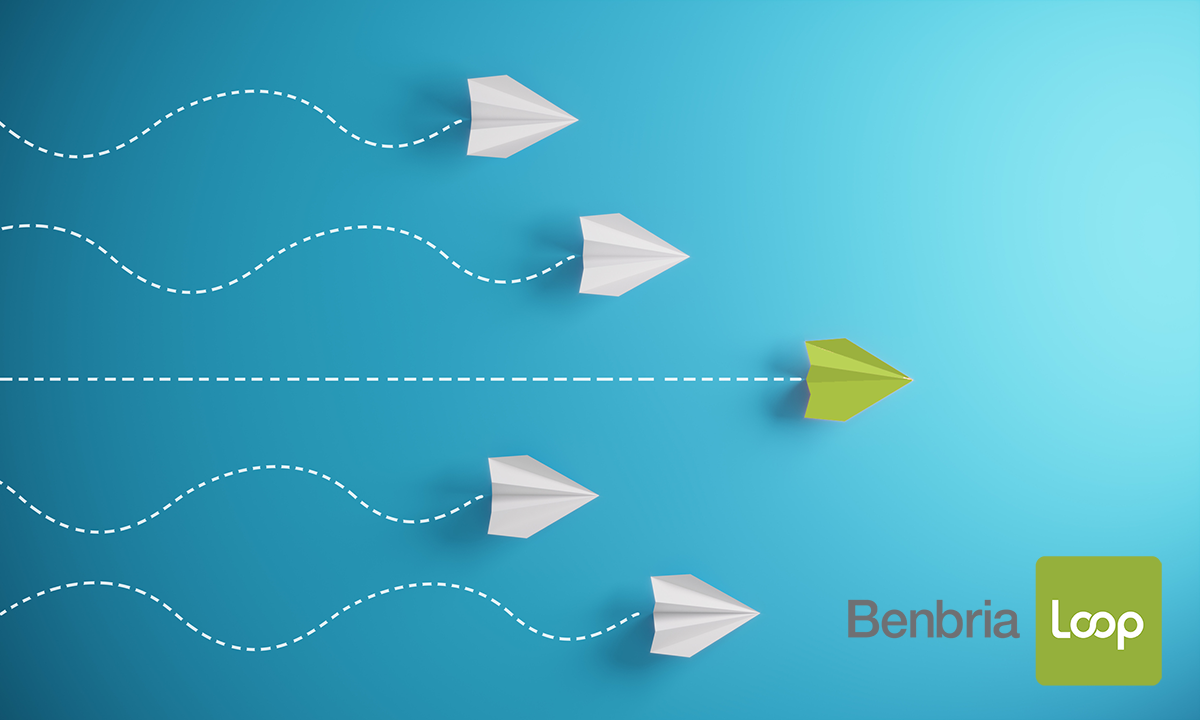For many, the terms customer experience and customer service are often used interchangeably. It’s understandable, they sound similar and they both can be used as a measurement for business success.
However, while they may hold similarities, customer experience and customer service couldn’t be more different.
With today’s importance of providing an exceptional customer experience, it’s important to differentiate these two terms. In this blog, we’re defining customer experience and customer service, while highlighting the key differentiators and how you can measure them for greater success.
What is Customer Experience?
Customer experience is the sum of all interactions between business and consumer. It covers every aspect of the buying journey, from the moment a customer discovers your product or service, to well after they’ve experienced it. As Hubspot so eloquently wrote, customer experience is the customer’s view of your brand and impacts factors related to your bottom line, including revenue. When measuring the customer experience, there are many moving parts and teams to consider, rather than measuring one specific interaction, the customer experience involves measuring many.
For the sake of further defining customer experience, let’s put it into real-life practice. Let’s say you’ve begun running ads for a product; A customer sees your ad on social media and likes it. Three days later, because of that ad, the same customer visits your website, browses your products, and sends a message via your web chat. The customer purchases a product for curbside pickup and visits your store to obtain the item. After the experience, they follow up with an email to review their service and provide valuable feedback.
This entire scenario from the moment the customer saw the ad, to them providing feedback is the customer experience journey. It’s a flow of touchpoints and a sum of interactions with your customer.
What is Customer Service?
Customer service alternatively, is the one on one interaction between customer and business, holding value as a part of the customer experience. It is a single moment within the experience where the customer reaches out and asks for assistance, clarification, or provides a valuable comment. This means that the quality of service is dependent on the support your business and employees offer and is the key to retaining and building great customer relationships.
Now, let’s see customer service as a real-life example. Imagine a customer has recently purchased your product, they love it but are unsure if they are reaping the full benefits. The customer reaches out to your business via a phone call and asks to speak to a representative that can help explain the product use cases and benefits. The employee assists them, the customer receives their answer and the interaction is complete.
Customer service in this scenario is the representative’s time with the customer, explaining the product, answering questions, and asking for feedback. Whether the service is good or bad, is dependent on how the employee interacts and empathizes. In summary, customer service is only a fraction of the entire experience.

Key Differentiators
In order to emphasize the differences between both customer service and customer experience, here we break down the top differentiators.
Customer Service Focuses on Support
The nature of customer service is directly tied to the support that employees provide to customers. Whether it is helping a customer find the right size of shoe, collecting information on faulty items, or taking a customer’s order, customer service is designed to strengthen relationships and make the customer’s life easier through support.
Customer Experience is Holistic
It’s evident in the definitions provided that customer experience focuses on the holistic journey, where customer service is limited to the direct interaction with the employee and the support that they provide.
Rather than measuring between customer and employee, the experience involves many moving parts and teams that need to be consistently measured over time.
Proactive vs. Reactive
Where customer experience aims to be proactive in analyzing, planning and providing elements of great experience, customer service is often reactive in that it is the result of a customer needing support. Although there are cases where an employee may reach out to a customer, customer service is often used as a way to resolve issues, answer frequently asked questions, and improve customer satisfaction.
Customer Experience Empowers Great Service
While customer service is undoubtedly the key to a thriving business, customer experience is what dictates the quality of service your business provides. Creating a thorough experience plan, and measuring key moments of the journey, can help businesses understand customers better to empower great service.
How to Measure Customer Service and Customer Experience For Success
Now that we’ve provided a clear distinction between these two powerhouse business terms, it’s important to understand how you can measure each for greater customer insight and business success.
Using a customer experience management platform such as Loop, measuring becomes simplified. With it you can measure the customer experience as a whole, while also obtaining granular service data on individual employee performance – all in real-time.
From a customer service perspective, a sophisticated CEM can provide a suite of employee-facing metrics. Understand top-performing and underperforming employees, discover rush hours for scheduling, understand establishment standards, and obtain trending topics of conversation for service/product adjustment. Further, with a CEM like the Loop Experience Platform, you can measure over a customized time period, and provide employees with real-time insights while working to improve service and create a friendly work environment.
In terms of measuring the entire experience, a customer experience management system can also provide a holistic view of performance. Measure from multiple locations and obtain trending topics along with heatmaps for general data on experience. Further, understand the average customer sentiment, operational performance, messaging channels most used, critical customer touchpoints, and much more to elevate the overall experience. With a customer experience management system, you can obtain data to help you strategize and understand motives in order to adjust experience, retain customers and maximize revenue.




